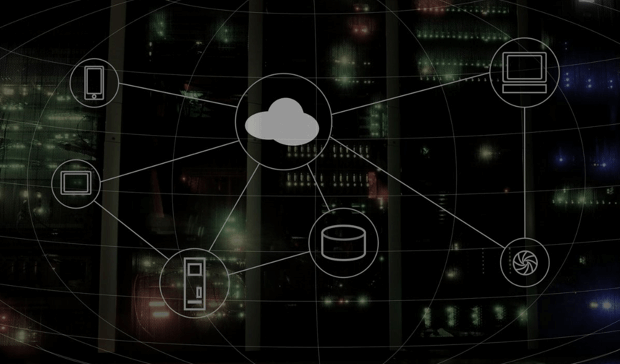Table of Contents
Although there are many benefits of cloud integration, but with every pro there is a possibility of a con. There are different challenges in cloud integration as well. Cloud technology has become increasingly important in business world and IT spheres. This technology is used more and more because of cost-effectiveness, convenience and performance as compared to on-premise solutions.
Revolutionary cloud integration solutions offer flexibility, scalability, and the capability to consolidate cloud applications and on-premises systems. Before opting for cloud integration in business, make sure you go through all pros and cons of cloud integration. Following are five common challenges of cloud integration in business:
-
Anti-Pattern
There is a problem in software development that is quite counterproductive and ineffective. This is known as “Anti-Pattern”, and cloud integration also suffers from this issue. This can gravely impact the data quality and performance of the system.
The most common anti-patterns include the scheduling jobs that execute for too long. Integration is often becoming difficult to manage when developers create their own connection with an application. This results in a wastage of time and value. Similarly, reading large memory files and failing to adjust workflows and integrations are also drawbacks.
-
Choice of Right Architecture
It is quite crucial that you choose the right architecture for your cloud environment. There is a limitation of options since most organizations only have three options to choose from.
These include a public cloud, private cloud, and hybrid cloud. In the public cloud, a third-party cloud provider like Microsoft Azure and Amazon Web Series provides this cloud.
In a private cloud, only a single organization uses it. The hybrid cloud involves both private and public cloud aspects. There is a multi-cloud strategy, and all these clouds combine to form a dizzying array of possibilities.
-
Network Latency
Cloud environment and cloud integration are often known for scalability, where you can store according to your own will in just a few minutes. However, there will be a few limitations in your cloud environment if your network latency is too high.
These hybrid clouds use WANs (Wide Area Network) rather than LANs (Local Area Network). There is a possibility that WANs might become clogged by the transmission of multiple small and uncompressed data packets. This might result in overburdening of the network.
-
Security
Cloud integrations face the first challenge of data security. Although it is believed that they are more evolved and secure for business improvements, some 2019 surveys by IT security professionals showed that only 20 percent of organizations follow this as 84 percent of organizations find it somewhat difficult or difficult to maintain security configurations in cloud systems and services.
-
Data Governance Issues
As cloud integrations exchange a huge amount of data, how can one ensure that the data quality will remain high while maintaining compliance with procedures and IT protocols? Different organizations do not have a solid plan for data governance as they move to the cloud.
Any new integration in the different systems might cause points of failure or potential issues. Once the cloud size increases, it becomes extremely difficult to monitor the integration points manually.
So, these were the five prominent issues you can face when using cloud integration for your business. However, cloud integration solutions are provided, which you can utilize to cater to these issues effectively.




![1000 Girl Attitude Names for Truecaller ID | UPDATED [Included Boys Names] 1000 Attitude Names for Girls on Truecaller](https://edutechbuddy.com/wp-content/uploads/2025/05/ChatGPT-Image-May-21-2025-11_59_39-PM-1-150x150.png)








![1000 Girl Attitude Names for Truecaller ID | UPDATED [Included Boys Names] 9 1000 Attitude Names for Girls on Truecaller](https://edutechbuddy.com/wp-content/uploads/2025/05/ChatGPT-Image-May-21-2025-11_59_39-PM-1.png)